
Smartphone prices have been skyrocketing for a few years now, and for the longest time, OnePlus was the exception to the rule. The company’s “value flagships” like the OnePlus 7T blew us away with what was possible for a fraction of the cost of a regular flagship. Now, OnePlus has a proper flagship in the OnePlus 8 Pro, but its “value” flagship in the OnePlus 8 really isn’t that great of a value. That’s not entirely OnePlus’ fault, but let’s talk about it.
Hardware
When it first revealed the OnePlus 8, the company pitched this phone as the answer to the popular fan request for a more “compact” phone. That’s laughable. The OnePlus 8 is not a compact phone by any means, but it is still a very good size.
The 6.55-inch display with a tall aspect ratio leaves the 8 with a slim profile that fits in the hand well. The thin design and slim camera bump, too, leave the phone feeling better in the hand compared to the larger OnePlus 8 Pro. It’s still much larger than the Galaxy S20 or Pixel 4 and nearly identical in size to the Pixel 4 XL, but it’s an acceptable size that’s a good compromise for a lot of people. The only “compact” part of this phone is the width that really only makes so much of an impact on the overall size.
![]()
The hardware, too, is well designed. The back of the phone has a glass design that either uses a matte texture on the “Glacial Green” model or a glossy finish on the “Interstellar Glow” model pictured in this article. Personally, I much prefer matte, but the “Glow” option is certainly something special.
Going around the sides of the phone, you’ll find a typical power button, volume rocker, USB-C port, speaker, and microphones. You won’t find a headphone jack anywhere, but OnePlus does keep its signature Alert Slider around, offering a physical way to switch ringer modes.
Really, the only source of complaint in the hardware department is the lack of a proper IP rating. This is something the OnePlus 8 Pro offers, but not this smaller model. This is a choice presumably in the name of cost, but it’s still a bit of a shame. Notably, though, the carrier versions of this phone IP68 certified, and technically, the hardware is identical. Really, this phone is probably just as water-resistant as one with a rating.
Software
One of the biggest advantages of the OnePlus 8 is that, as usual, it ships with the company’s Oxygen OS skin. That skin leaves Android to be Android, for the most part, but makes a handful of tweaks that enable more versatile customization tools. For example, you can change the system accent color to basically anything you want or swap the icons you see on your homescreen.
There’s a lot to love about Oxygen OS! However, there are also things it doesn’t do right. Since I’ve been using the OnePlus 8, here are a few things I’ve liked, and a few problems I’ve run into.
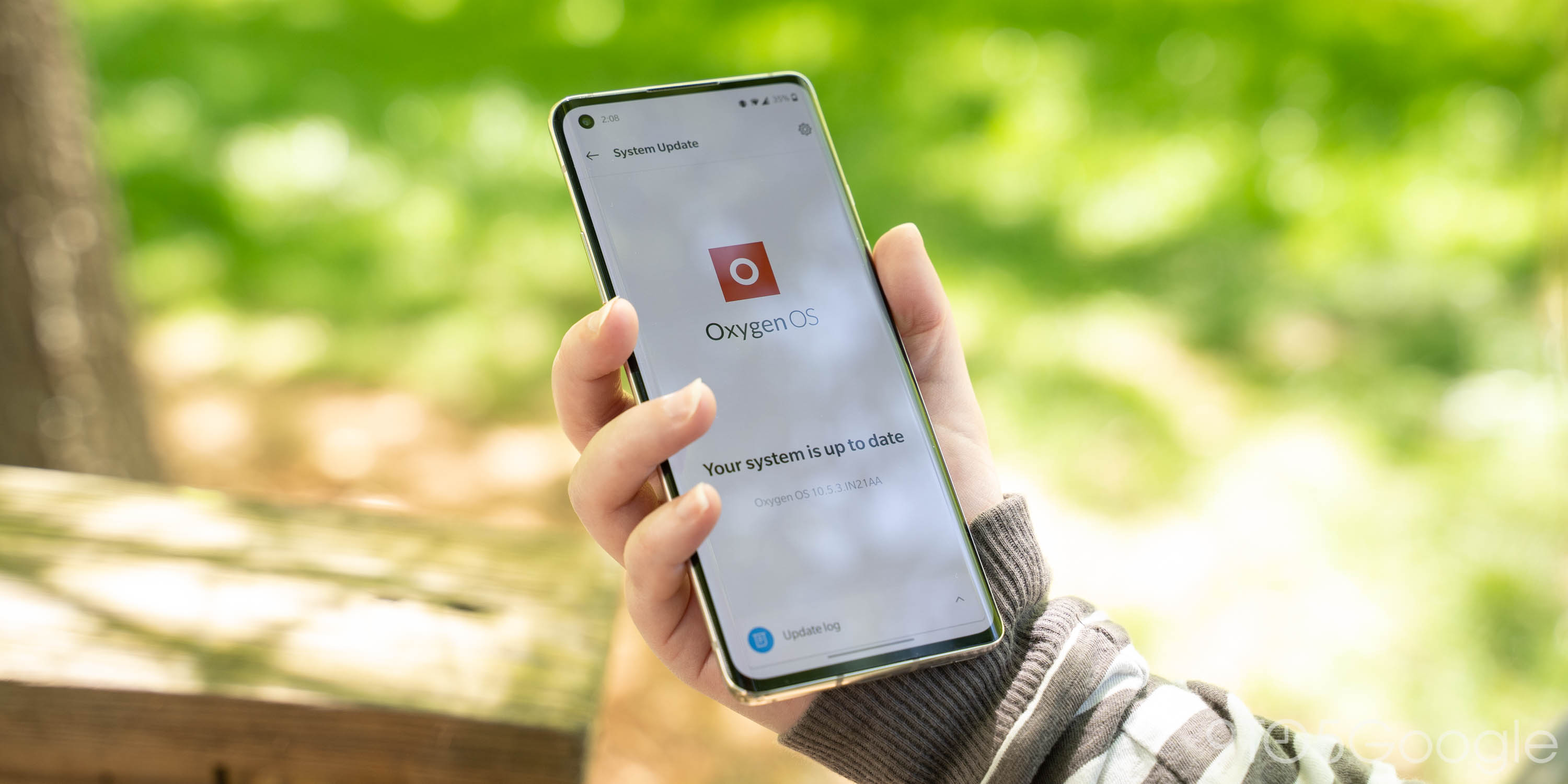
Starting with the good, I found a new feature I really like. OnePlus has made it possible to long-press on the fingerprint scanner after unlocking the phone to pull up a collection or shortcuts to commonly used apps or functions. This is really useful! I think this has been around for a while, but it’s something I really started enjoying on this device.
Another thing I really enjoyed about OnePlus’ software is the ability to customize the status bar. It makes it easy to turn off icons that you might not always need to reduce clutter. This has been around for a while, but it’s something I really enjoyed coming off of the LG V60 which, by contrast, crammed a ridiculous number of icons into the status bar. This is also just a good example of how OnePlus’ software lets you make phone your own.
It’s also nice that, finally, OnePlus is ditching its custom left-most homescreen solution for the Google Discover feed. I never found any value from the OnePlus Shelf, but Google Discover is something I do use fairly regularly.

What about the bad? Really, a lot of my complaints are ones OnePlus’ software has given me for ages. Despite the 12GB of RAM(!) on this phone, background apps still close more often than I’d like and notifications are often delayed if the phone is sitting idle. Another gripe is that OnePlus buries Android 10’s dark mode toggle in the Settings menu. That can be frustrating if you want to switch back and forth.
On that note, OnePlus introduced “Dark Mode 2.0” on its new smartphones. This is buried in the “OnePlus Labratory” and has to be enabled manually for each app that doesn’t have a proper dark mode already — as long as it’s Discord, Hangouts, Messages, PayPal, Reddit, Translate, or WhatsApp. Several of those apps already have a dark mode which, in my mind, makes this feature pretty much pointless.
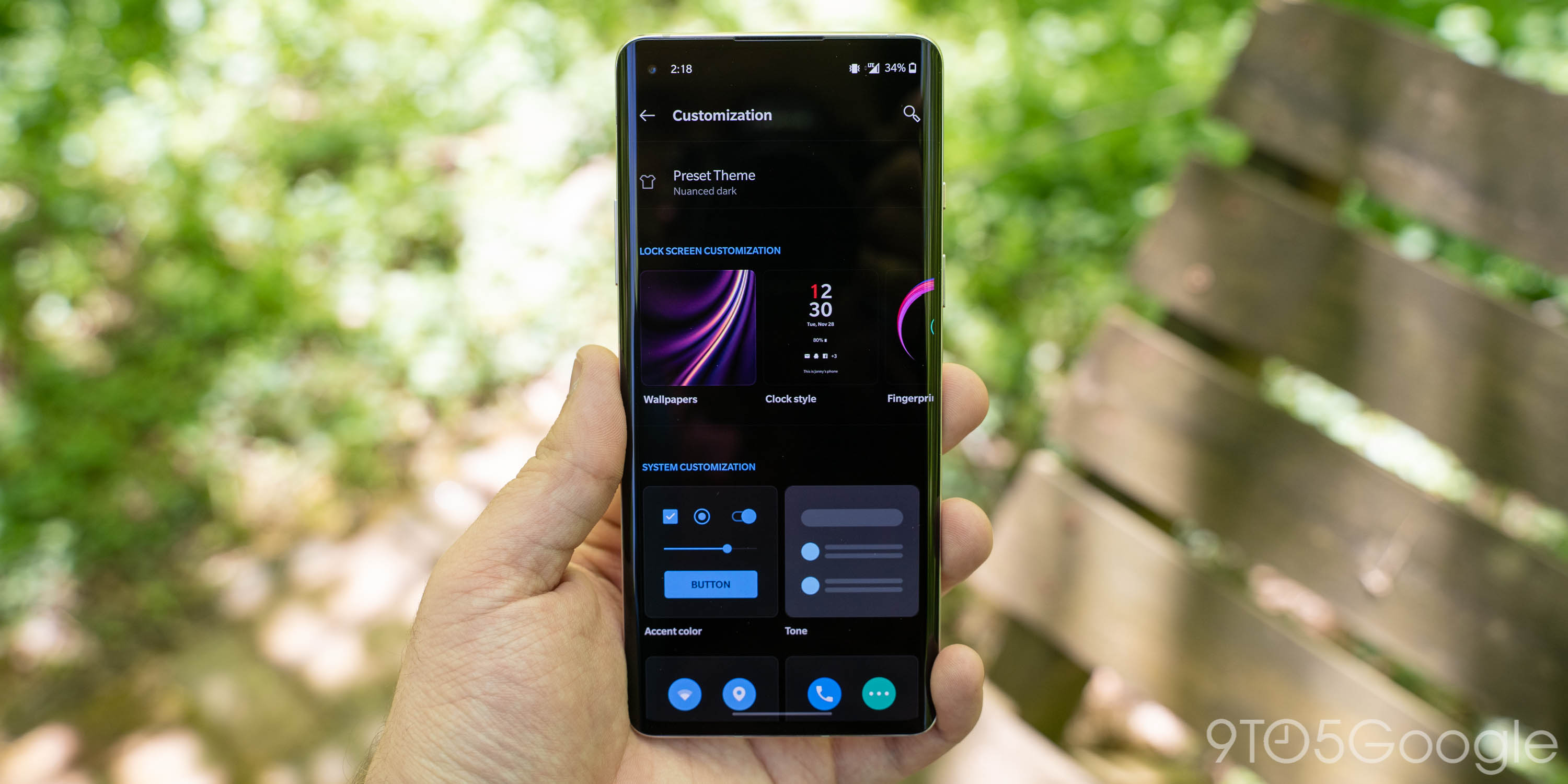
There are little nitpicks about OnePlus’ software here and there, but the company is constantly listening to feedback and updating its phones to be better and better. That’s great. If there’s one piece of feedback I’d want OnePlus to listen to, it’s this: The OnePlus 8 series is only promised bimonthly software updates for security patches. In a world where even Samsung is pushing these on a monthly basis, that feels hard to fully excuse.
The long story short on the OnePlus 8’s software is this: It’s very good. Oxygen OS has its flaws, but so does everything else. You’ll definitely be happy with the software on this phone.

Display
How’s the display? It’s good. The 6.55-inch AMOLED panel is, as mentioned, a good size in the hand while still offering a ton of real estate for watching videos, playing games, and consuming other kinds of media. Colors are vivid but not overly saturated, and the brightness is pretty good, too.
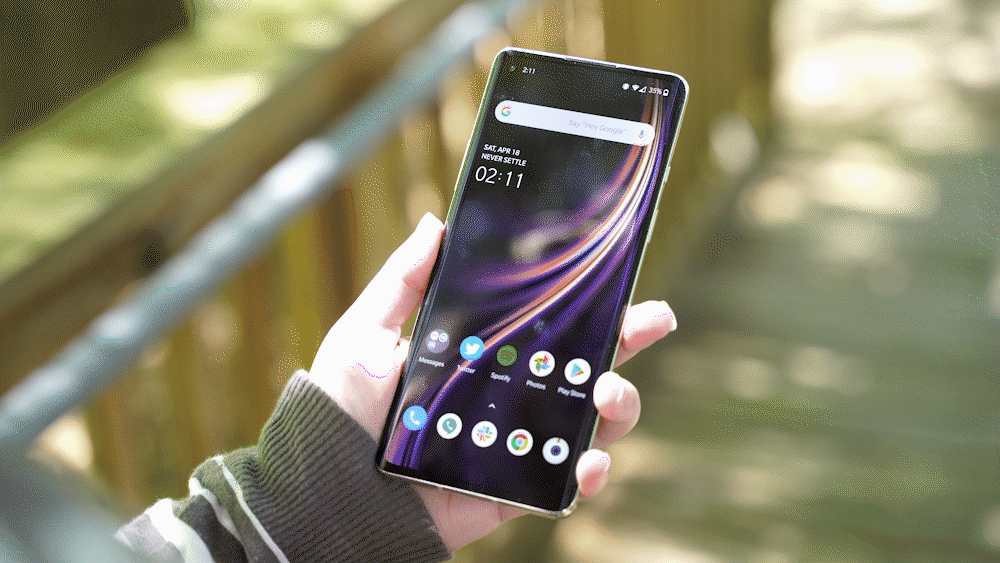
The display here also has a hole-punch cutout at the top for the selfie camera (which has pretty decent quality). I wish that cutout was at the center of the display like on the Galaxy S20, but here we are.
My biggest complaint about the display on the OnePlus 8 is that the glass on top is curved. It’s not a dramatic curve and it doesn’t result in any touch rejection problems — the same can’t be said about the Pro — but it’s still something I don’t like seeing. Curves are pointless on a display. They still result in extra glare and screwed-up colors on the edges.
Another notable difference between the display here versus the Pro model is the refresh rate. There’s a 90Hz refresh rate as opposed to the 120Hz rate on the Pro. Is there a noticeable difference? Even side by side, I can barely tell. If anything, this is good because it’ll provide better battery life. This is a 1080p panel, too, as opposed to 1440p. Is that bad? Nope. It’s still sharp and looks good.
Battery life and charging
Inside of the OnePlus 8 is a 4,300mAh battery. It’s pretty good! I can’t say battery life is quite as good as LG’s V60 — currently the top bar for battery life in a flagship — but it’s very good. Most days I’ll finish with roughly 30-40% remaining and 5-6 hours of screen time. This may not quite be a power user’s delight, but if your usage is the same as most folks, you’ll be completely satisfied.
You’ll also be very happy with OnePlus’ wired charging solution. The charger included in the box with this phone is just insanely fast, pumping half of the phone’s battery full in around 20 minutes — thought it faster if you’re not paying close attention.
It’s outstanding and something that impresses me every time I use it. Though, with the battery life as good as it is, I usually just plug into the normal USB-C charger set up at my bedside.

What you might not be satisfied with, on the other hand, is the lack of wireless charging. Especially on a $700 smartphone there is just no excuse to exclude this feature. As I expressed in a previous post, OnePlus doesn’t get the point of wireless charging. It’s not about crazy speeds — although, admittedly, they’re very nice to have — it’s about convenience. In 2020, wireless charging is abundant. You can use a Qi charger built into an airport seat! Not having wireless charging in the OnePlus 8 is a crying shame and the number one reason this phone won’t continue to be my daily driver going forward.
Camera
Let’s talk cameras, the one area OnePlus has traditionally not been so great. Does the OnePlus 8 finally break that rule? Sort of.
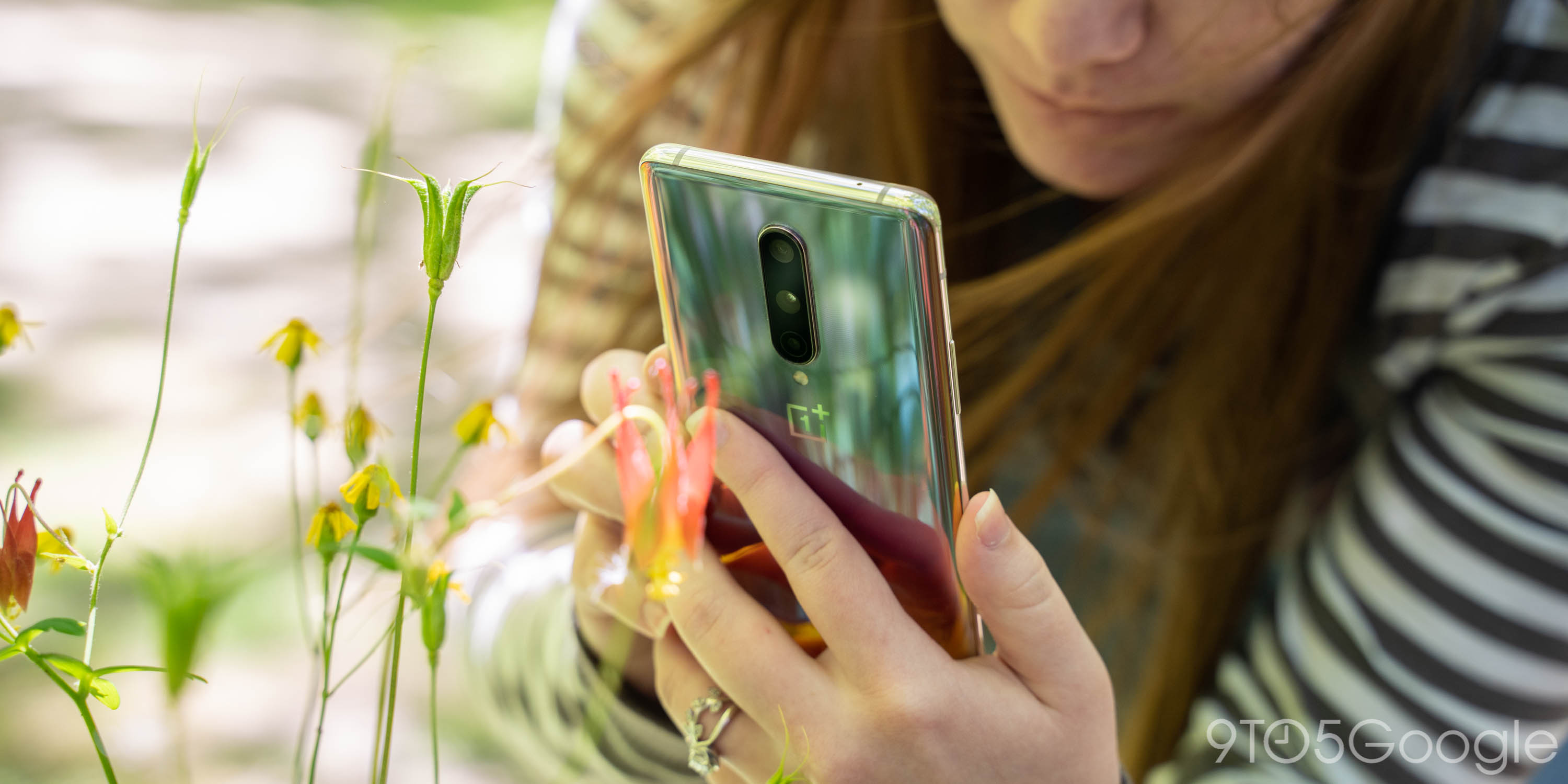
The primary 48MP camera on this phone is pretty good. It doesn’t match the bigger sensor from the 8 Pro, but shots are crisp with processing that doesn’t result in an overly saturated or smoothened image.
The 16MP ultrawide sensor, though, is a considerable step down. It’s fine in good lighting, but taking it indoors takes the quality down a notch and introduces more noise to the shot. It’s not awful, but it’s not great, either.
OnePlus also ditched the telephoto shooter on this phone for an 8MP macro shooter. I think macro photos are cool, but this was a mistake. As a result, zoomed-in shots are left only with digital zoom and not-so-great results. How is the dedicated macro lens? As you can see in the samples below, it’s actually quite good if you have enough lighting.
Overall, the camera system here is just acceptable. You won’t be majorly disappointed, but you also won’t be blown away. Really, anyone buying this phone just shouldn’t have high expectations for its output. That’s what the OnePlus 8 Pro is for.
Value
So what’s the problem with the OnePlus 8? Really, it just comes down to the value. Is this phone really worth the extra $100 over its predecessor, the OnePlus 7T? I don’t think so, especially as that device has dropped down to just $499 as of late.
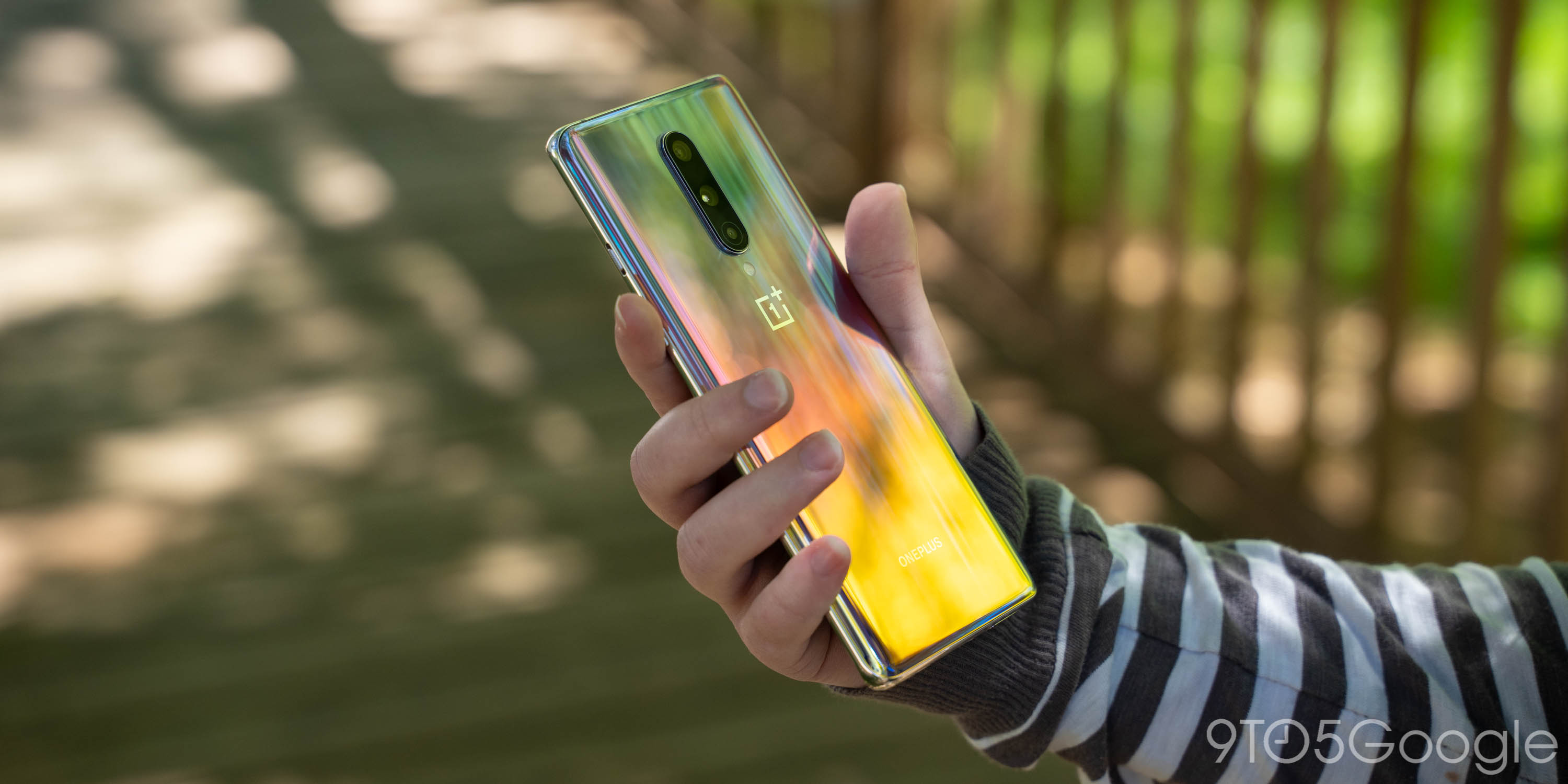
With the 7T you’ll get the same basic camera array, the same basic performance, the same basic size, and the same basic display. The only thing the OnePlus 8 truly bests its predecessor at is 5G connectivity, and no one should be buying a smartphone solely based on that feature. 5G is still very much in its infancy and will be for a couple more years. If you want a “value flagship,” for now you’ll need to look to last year’s model to get it.
This is all the fault of the Snapdragon 865, by the way. With previous chipsets, Qualcomm sold the needed 5G modems as an optional add-on. Now, it’s required with the flagship chip, and as a result, all of our wallets are quite literally paying the price. It’s ridiculous, and it killed OnePlus’ excellent value model.
Tidbits
With thin bezels comes inferior audio and OnePlus is no exception to that rule. The OnePlus 8 has a downward facing speaker backed up by an earpiece and the results are just OK. Bass is lacking and volume isn’t especially impressive, but overall it’s fine. As mentioned, too, there’s no headphone jack.
OnePlus uses an optical in-display fingerprint sensor on this phone and it’s pretty much fine. The sensor is accurate and isn’t too slow. Personally, I’m just not a fan of any in-display fingerprint sensors, but OnePlus is certainly the king of this tech in mainstream smartphones right now. I’d take this sensor over the one in the Galaxy S20 any day.
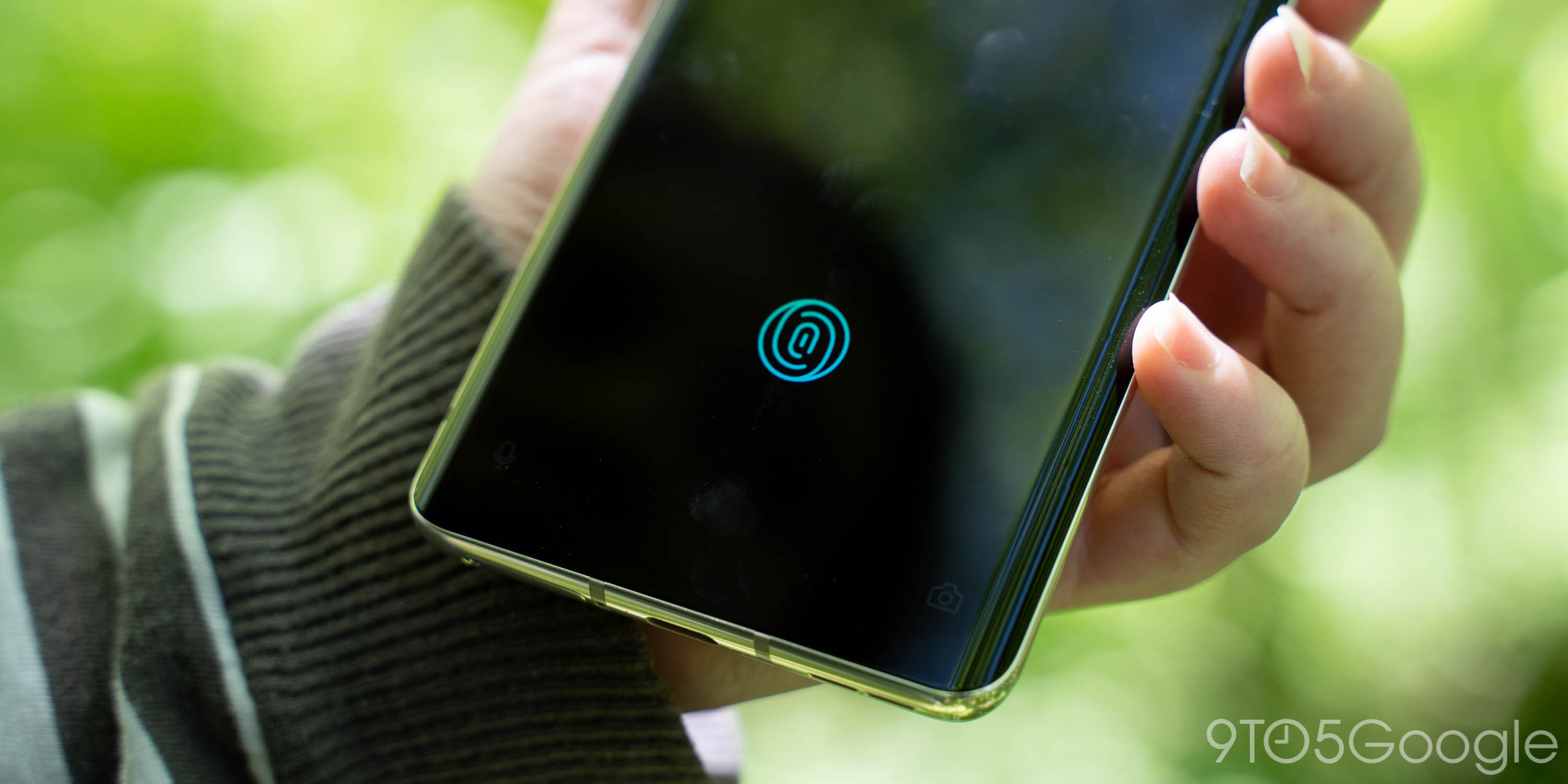
OnePlus has been pushing its haptic motors for a while and on this latest release, they’re good! The vibrations for notifications and feedback feel good, but not quite as good as a Pixel and not nearly as good as an iPhone. In the short term, the easiest improvement would be a jump in the strength of the feedback.
One thing that slightly irritated me on the OnePlus 8 was taking a phone call. OnePlus uses software to turn off the screen of the phone while you’re talking which, frankly, never works quite right for me. The screen often turns on while I’m talking and causes things to be pressed. The call quality itself is great, but this is extremely annoying and something you might want to consider if you talk on the phone a lot.
Final thoughts
The OnePlus 8 is a good phone, it’s just not as good of a value as it should be. This phone should have been based on Qualcomm’s Snapdragon 765, a cheaper chipset that’s still very powerful and packs 5G, but costs considerably less. That’s the route companies like Google and LG are reportedly taking, and honestly, I expect them to offer better value compared to the OnePlus 8. Just knowing those are on the way makes this a very hard phone to recommend.
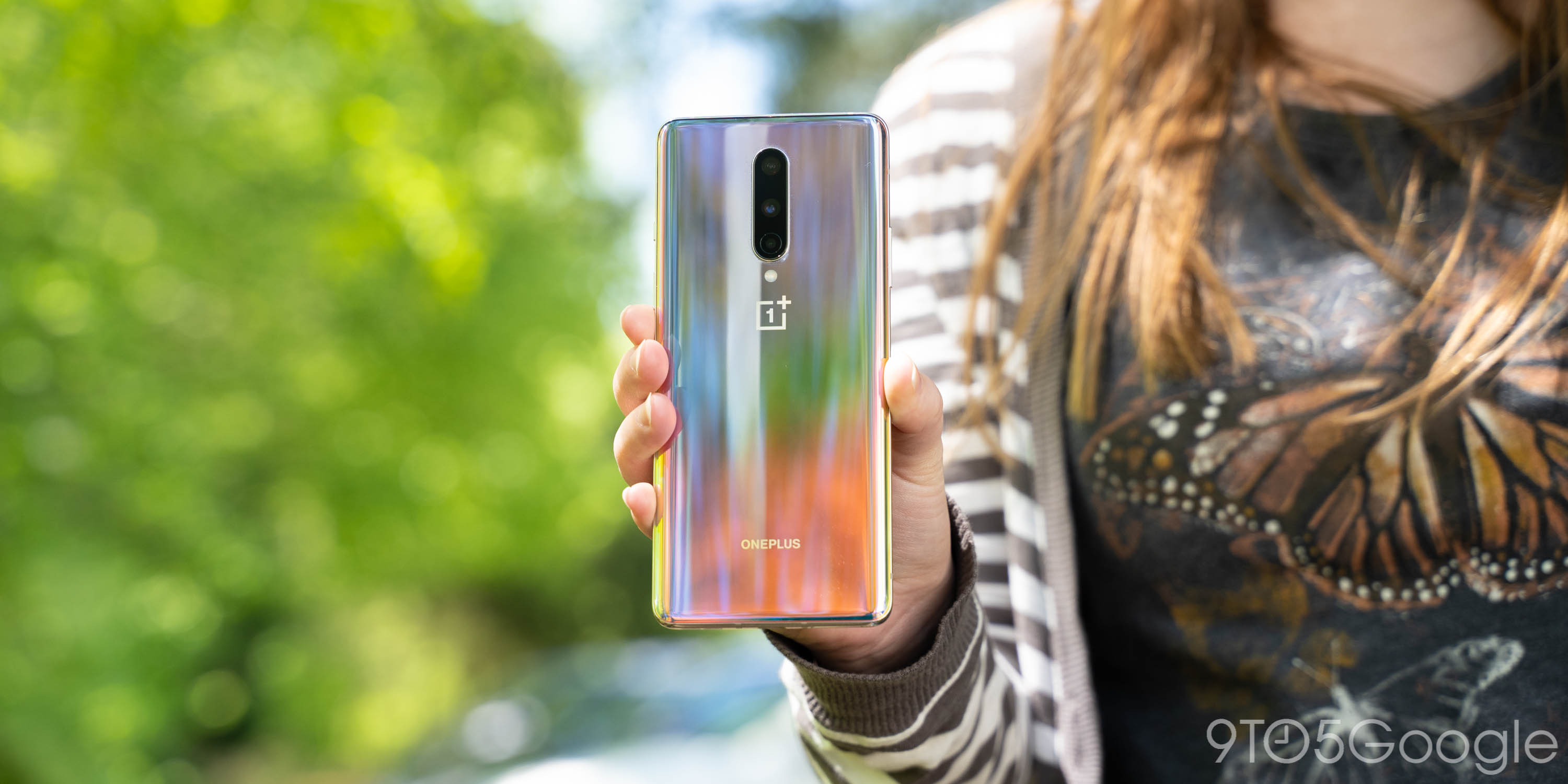
If you buy a OnePlus 8, I don’t think you’ll regret it one bit. That goes especially for the carrier variants sold through Verizon and T-Mobile. This is one of the most affordable “flagship” phones you can walk into a carrier store and buy and that’s important.
You can buy the OnePlus 8 unlocked from OnePlus and Amazon, or you can get a carrier model from T-Mobile or Verizon Wireless. Stay tuned, too, as we hope to have more coverage of those models in the future.
Author: Ben Schoon.
Source: 9TO5Google















